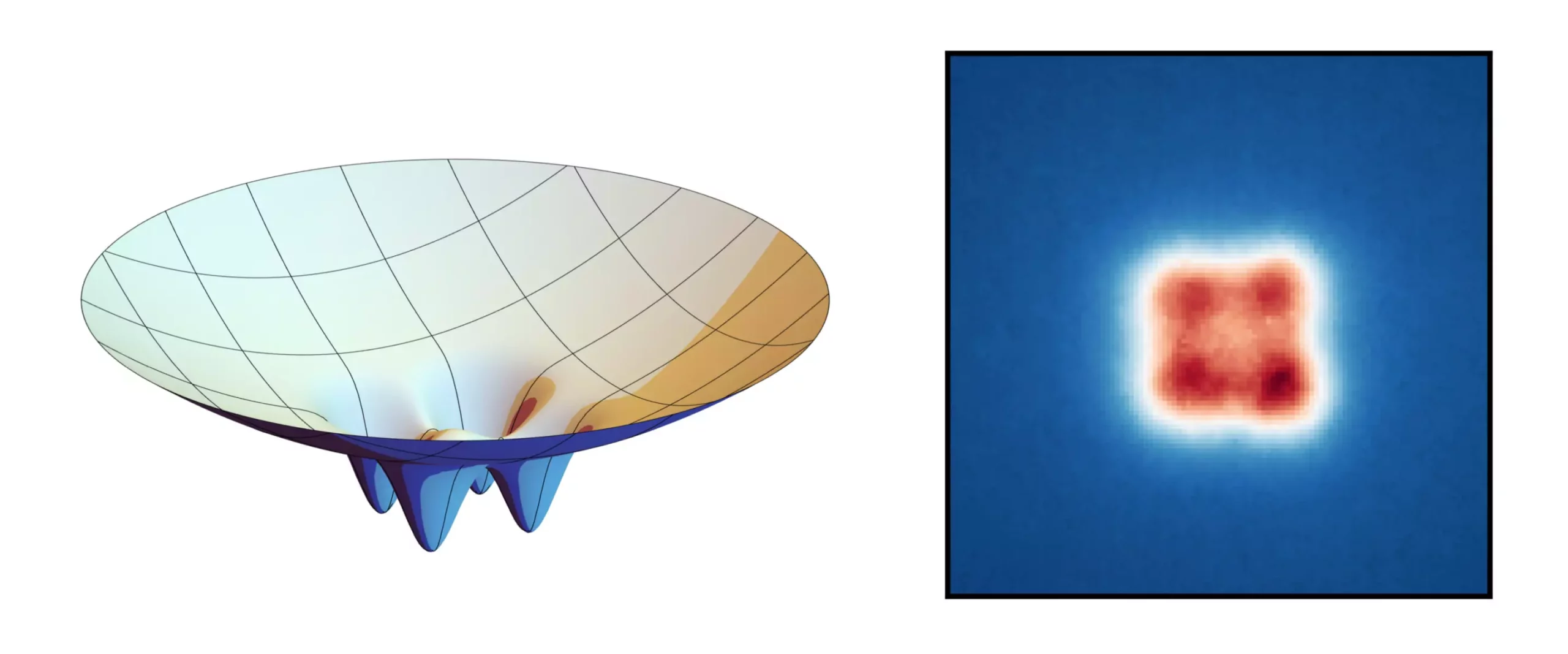The intriguing world of quantum physics has long fascinated scientists, primarily due to its capacity to defy conventional logic and introduce phenomena that can be counterintuitive. One such phenomenon is the emergence of “super photons,” which are formed when a substantial number of light particles merge under specific conditions into a distinct entity known as a Bose-Einstein condensate. A recent breakthrough by researchers at the University of Bonn has unveiled methods to manipulate this phenomenon through the use of miniature nano molds. This manipulation offers promising implications for secure information transfer, suggesting a revolutionary advance in communication technologies.
To grasp the significance of this research, it’s essential to understand Bose-Einstein condensates’ creation process. At temperatures nearing absolute zero, when multiple light particles are confined within a tiny space, they begin to behave indistinguishably, acting like a singular super photon instead of distinct entities. Typically, these condensates can appear as a blurry, amorphous collection of light. However, the research team at the University of Bonn has innovatively introduced a method to impose structured patterns over these condensates, fundamentally altering their appearance and properties.
Innovative Techniques in Manipulation
The researchers utilized tiny nano molds to imprint a lattice structure on the Bose-Einstein condensate. This new technique draws a parallel to shaping sand by pressing a mold into it: upon removal, the distinct pattern remains imprinted on the surface. Specifically, the study achieved a simple arrangement consisting of four points of light configured in a square formation. This manipulation enables light particles to resonate within designated points, resembling how water can be separated between multiple cups without losing its cohesive properties, allowing for the retention of a singular condensate.
The method involves filling a small container with a dye solution, where the reflective surfaces facilitate the formation of photons. These photons initially possess higher energy due to being excited by laser interactions. As they bounce within the container, they exchange energy with the dye molecules and progressively cool down, leading to condensation into the previously mentioned super photon form.
The implications of controlling such condensates extend beyond merely fascinating physics. As theorized by the researchers, the lattice structures generated could facilitate quantum entanglement. This phenomenon results in interlinked states among the light particles across different lattice points; a change in one would instantaneously affect the others, laying the groundwork for secure communication channels that cannot be easily intercepted. This characteristic makes such systems highly valuable for sectors requiring confidentiality, including diplomatic negotiations or digital banking transactions.
As the technology matures, researchers envision the possibility of creating more complex arrangements of these condensates, potentially extending to 20 or more lattice sites. This scaling could exponentially increase the capacity to securely communicate among multiple participants, enhancing the utility of quantum-based communication networks.
The exploration into super photons and Bose-Einstein condensates presents a fascinating intersection of physics and practical application. The method developed by the University of Bonn’s researchers not only enriches our understanding of quantum behaviors but also paves the way for significant advancements in communication technology. By capitalizing on structured light emissions and leveraging the traits of quantum mechanics, we move closer to realizing a future where information exchange occurs with unparalleled security. As these techniques evolve, their integration may well redefine how we approach problems of privacy and security in an increasingly digital world. The potential is vast, and the implications could be revolutionary.

